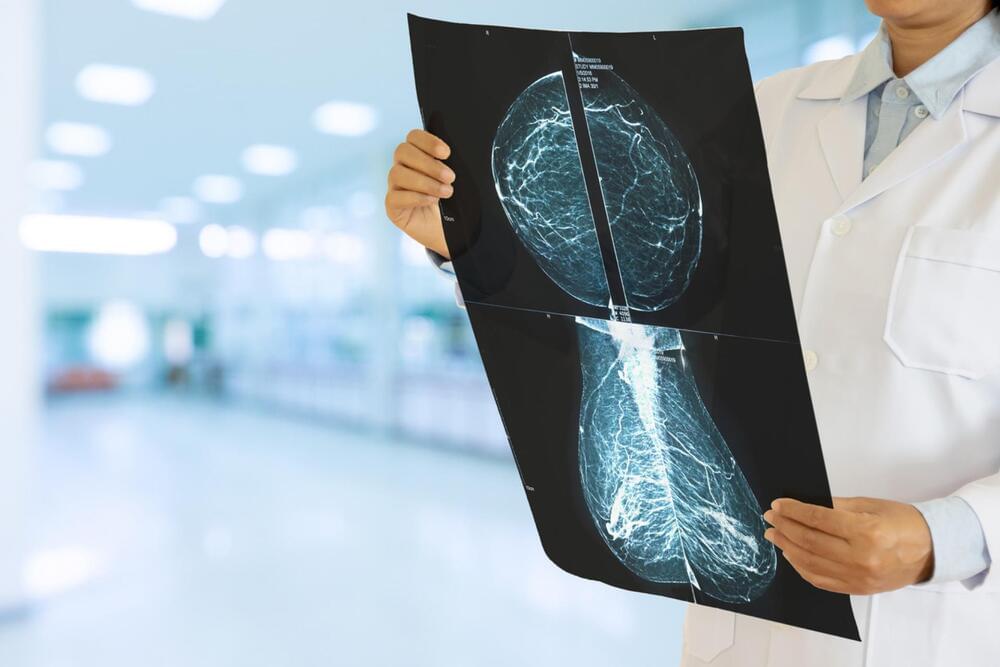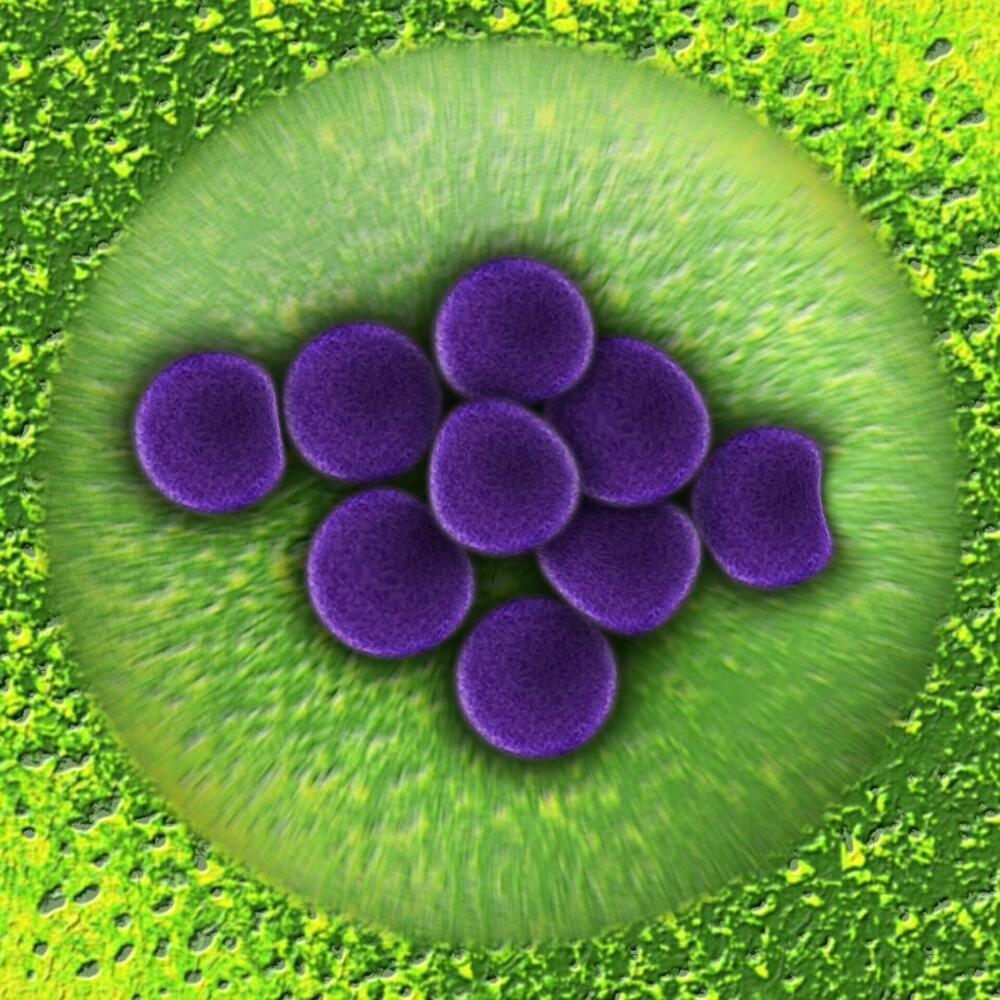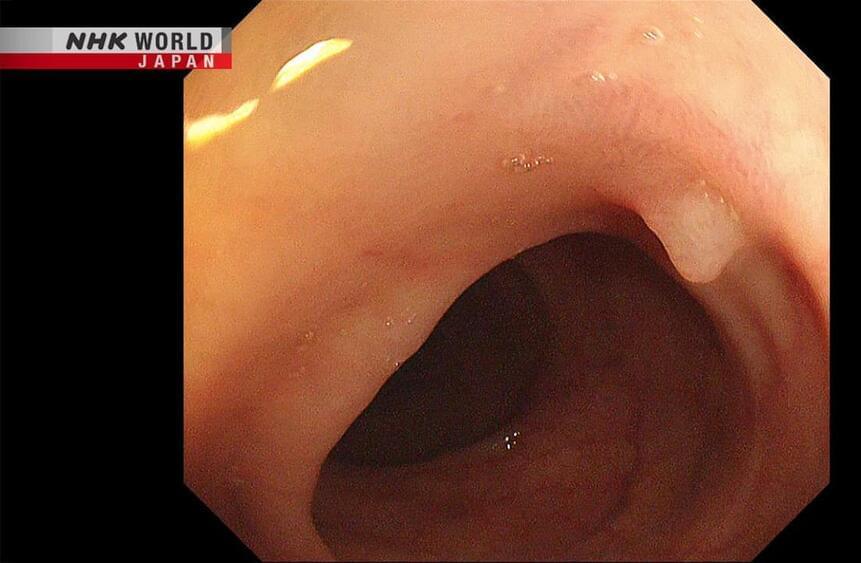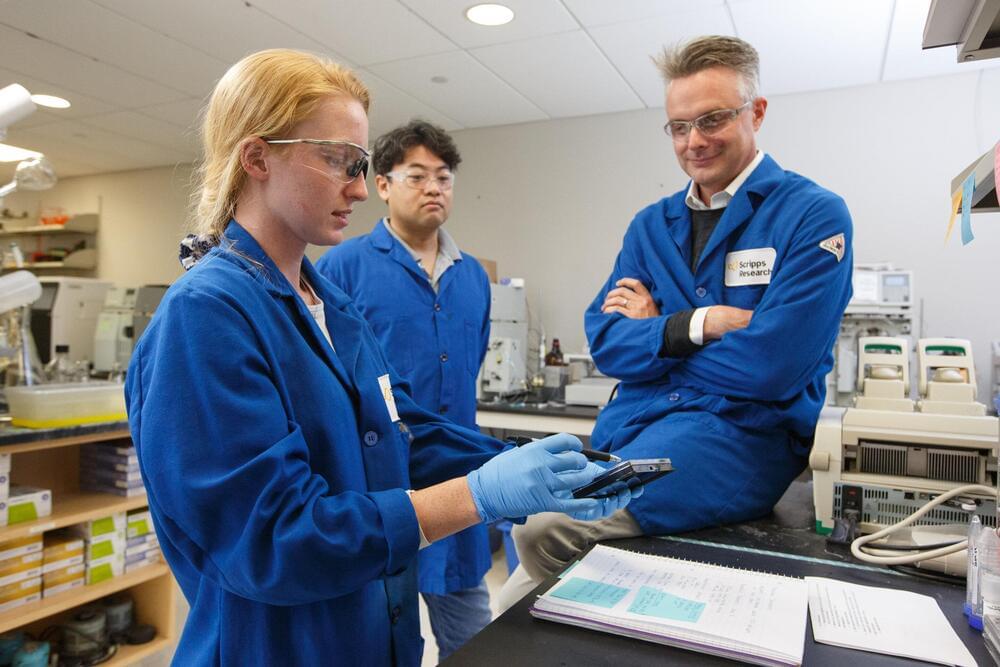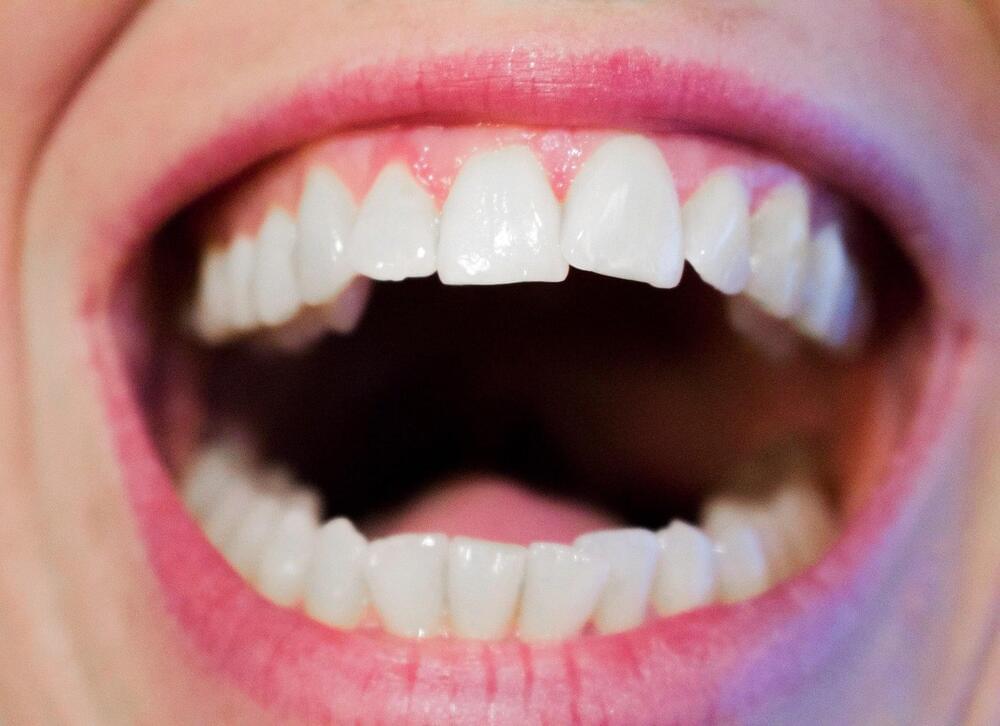Nov 30, 2022
Google licenses its AI tool for breast cancer screening to a medical firm
Posted by Gemechu Taye in categories: biotech/medical, health, robotics/AI
It is the first ever commercial partnership between Google Health and the medical company iCAD.
Google recently announced that it licensed its AI research prototype to a medical company called iCAD. The AI research model can be used for breast cancer screening. iCAD is a company that creates innovative medical equipment for cancer detection.
ICAD made the announcement about the collaboration yesterday, Nov. 28, on its website.
Continue reading “Google licenses its AI tool for breast cancer screening to a medical firm” »
